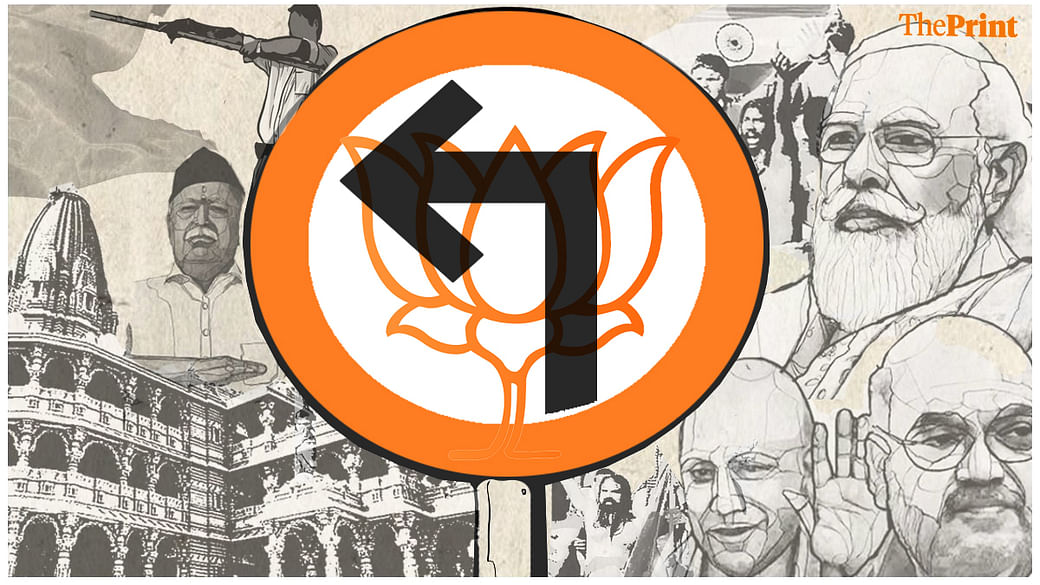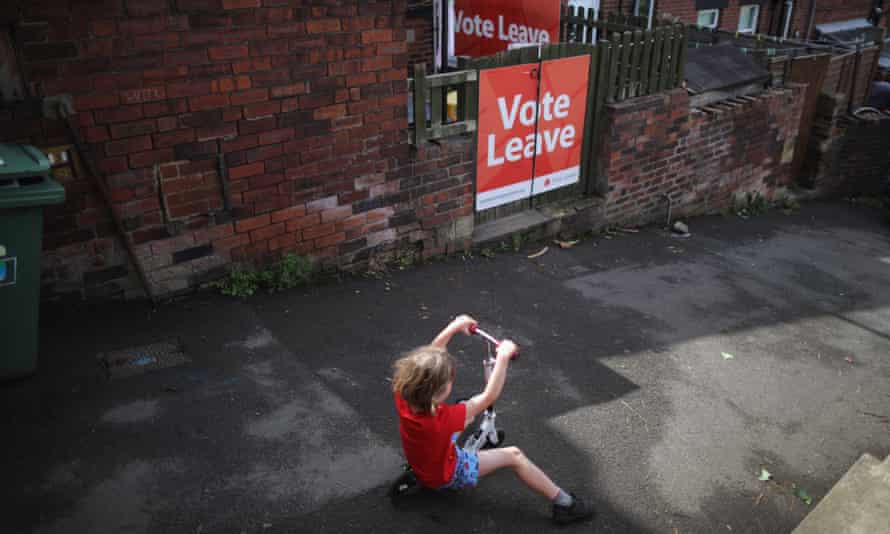Privatisation refers to the transfer of ownership and control of government-owned or public-sector enterprises to private ownership. It involves the sale or transfer of shares or assets of state-owned enterprises (SOEs) to private investors or companies.
Justification for Privatisation: Governments undertake privatisation for various reasons, with the primary justifications being:
Efficiency: Privatisation is often pursued to improve the efficiency and performance of formerly state-owned enterprises. Private firms are typically driven by profit motives and have a strong incentive to reduce costs, improve productivity, and innovate to remain competitive.
Reducing Government Debt: Selling state-owned assets can generate significant revenue for the government, which can be used to reduce public debt or fund critical projects.
Enhancing Competition: Privatisation can introduce competition in previously monopolistic sectors, leading to lower prices, better services, and increased choices for consumers.
Focus on Core Functions: Privatisation allows governments to focus on their core functions, such as regulatory oversight and providing essential public services, while leaving commercial activities to private firms.
Encouraging Investment: Privatisation attracts private investment and expertise, leading to capital inflows and potential technological advancements.
Fiscal Discipline: Private firms are subject to market forces and must maintain fiscal discipline to remain profitable, unlike some SOEs that may receive continuous financial support from the government.
Types of Privatisation: Privatisation can take various forms, depending on the level of ownership transferred and the nature of the transaction. Some common types of privatisation include:
Asset Privatisation: In asset privatisation, the government sells specific assets or business units of a public-sector enterprise to private investors. For example, the government may sell a state-owned power plant or a telecommunications tower to a private company.
Equity Privatisation: Equity privatisation involves selling shares of a state-owned enterprise to private investors through an initial public offering (IPO) or stock exchange listings. The government may retain partial ownership or sell its entire stake in the enterprise.
Example: In 1987, the British government privatised British Airways by selling 51% of its shares to private investors, and the remaining 49% was floated on the London Stock Exchange. This allowed private investors to have ownership and influence over the airline's operations.
- Full Privatisation: Full privatisation refers to the complete transfer of ownership and control of a public-sector enterprise to private investors. The government no longer holds any stake in the company.
Example: The privatisation of British Telecom (BT) in 1984 involved full privatisation, as the government sold all its shares in the company, transforming it into a private telecommunications company.
- Partial Privatisation: In partial privatisation, the government retains some ownership in the company while selling a portion to private investors.
Example: The partial privatisation of Japan Post Holdings Corporation in 2015 involved the sale of a minority stake to private investors while the Japanese government maintained majority ownership.
- Contractual Privatisation: In contractual privatisation, the government outsources specific services or functions of a public-sector enterprise to private firms through contracts.
Example: Local governments often contract private waste management companies to handle garbage collection and disposal services.
- Management Buyouts: In management buyouts, the existing management team of a public-sector enterprise purchases the company from the government, converting it into a privately-owned entity.
Example: In 1987, British Aerospace (BAe) was privatised through a management buyout, with its management team acquiring ownership from the British government.
In summary, privatisation is pursued to improve efficiency, reduce government debt, introduce competition, encourage investment, and focus on core functions. The types of privatisation can vary based on the extent of ownership transferred and the method of sale or transfer. However, the decision to privatise remains subject to careful consideration of the economic, social, and political implications in each specific case.
---
The privatisation initiatives in the UK, which began in the 1980s under Prime Minister Margaret Thatcher, aimed to achieve various objectives, including improving efficiency, promoting competition, reducing government debt, and encouraging private sector investment. Let's evaluate whether privatisation has lived up to these objectives by considering some key examples:
1. Efficiency and Performance: Objective: Privatisation was expected to make formerly state-owned enterprises more efficient and competitive due to profit-driven management.
Example: British Telecom (BT) was privatised in 1984, and it did lead to improvements in efficiency and service quality. BT invested in new technologies, expanded its services, and became a leader in telecommunications.
Evaluation: In some cases, privatisation led to improved efficiency and performance, as seen with BT. However, there were instances where privatisation did not result in significant efficiency gains, such as the rail industry, where concerns about costs and service quality persisted.
2. Competition: Objective: Privatisation was intended to introduce competition in previously monopolistic industries, leading to lower prices and better services for consumers.
Example: The privatisation of British Gas in 1986 aimed to increase competition in the gas supply market.
Evaluation: While privatisation initially increased competition in some sectors, concerns arose over the consolidation of private firms, leading to oligopolistic markets. In the case of British Gas, the industry eventually faced criticism for lacking competition, with the government taking steps to promote more competition in the energy sector.
3. Reducing Government Debt: Objective: The sale of state-owned assets was expected to generate revenue that could be used to reduce public debt.
Example: The privatisation of various public-sector enterprises, including British Telecom, British Gas, and British Airways, aimed to raise funds for the government.
Evaluation: Privatisation did generate significant revenue for the UK government, helping to reduce public debt to some extent. However, critics argued that the sale of profitable assets might have resulted in the loss of potential future revenue streams for the government.
4. Encouraging Private Investment: Objective: Privatisation aimed to attract private investment and expertise into various industries.
Example: The privatisation of ports and airports, such as the Port of Southampton and London Gatwick Airport, sought to attract private investment and modernize infrastructure.
Evaluation: In some cases, privatisation succeeded in attracting private investment and fostering innovation. For instance, London Gatwick Airport saw significant investments in infrastructure and services after privatisation.
5. Focus on Core Functions: Objective: Privatisation intended to allow the government to focus on essential public services while leaving commercial activities to private firms.
Example: The privatisation of various industries, such as steel and coal mining, aimed to reduce the government's involvement in commercial enterprises.
Evaluation: Privatisation did enable the government to focus on core functions, but it also raised concerns about the loss of direct control over strategic industries and the potential impact on certain communities and regions.
In conclusion, the evaluation of privatisation in the UK shows a mixed picture. While privatisation led to some successes in terms of efficiency improvements, competition, and private investment, it also faced challenges and criticisms. The outcomes varied across industries, and some privatisations achieved their objectives more effectively than others. Critics raised concerns about market consolidation, the loss of public ownership, and the potential impact on services and consumers. Overall, the effectiveness of privatisation depends on the specific context, industry dynamics, and the government's ability to strike a balance between achieving objectives and addressing potential drawbacks.


